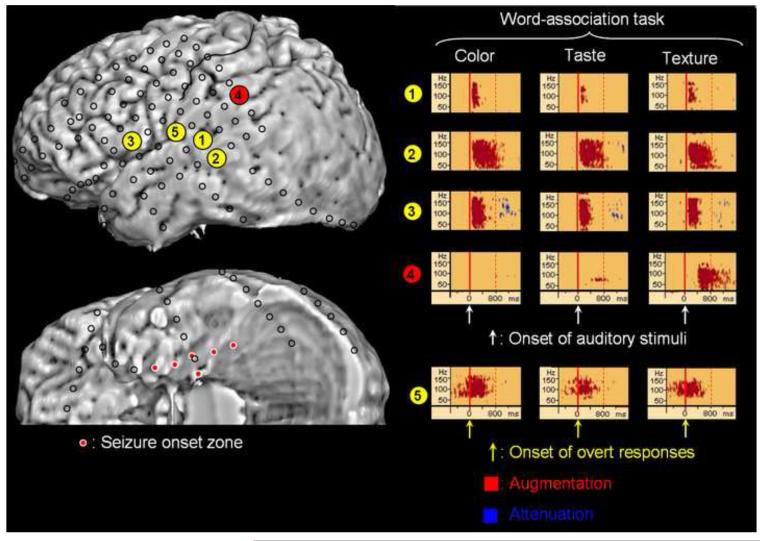Figure 1. The results of time-frequency analysis.
The results of time-frequency analysis relative to the onset of auditory stimuli are as follows. All three word-association tasks commonly elicited significant gamma-augmentation (50-150 Hz) at electrode #1 in the superior temporal gyrus approximately at +100 to +200 msec, at electrode #2 in the middle temporal gyrus at +100 to +800 msec, and at electrode #3 in the inferior frontal gyrus at +100 to +400 msec. Gamma-augmentation at electrode #3 was followed by brief gamma-attenuation. The food-texture association task specifically elicited gamma-augmentation at electrode #4 in the supramarginal gyrus at +400 to +1,200 msec. Since the mean reaction time was 2.6 sec in the food-texture association task, gamma-augmentation at electrode #4 in the supramarginal gyrus was estimated to occur prior to the onset of overt responses. According to the time-frequency analysis relative to the onset of overt responses, all three word-association tasks commonly elicited significant gamma-augmentation at electrode #5 in the inferior Rolandic area at -300 to +500 msec. The detailed methods to decide significance of gamma-augmentation are described in the supplementary document on the website (Supplementary Document S1).
Electrical neurostimulation of electrode #2 elicited receptive aphasia and that of electrode #5 elicited movement of the throat. Neurostimulation of electrodes #1, #3, and #4 failed to elicit apparent clinical symptoms.

